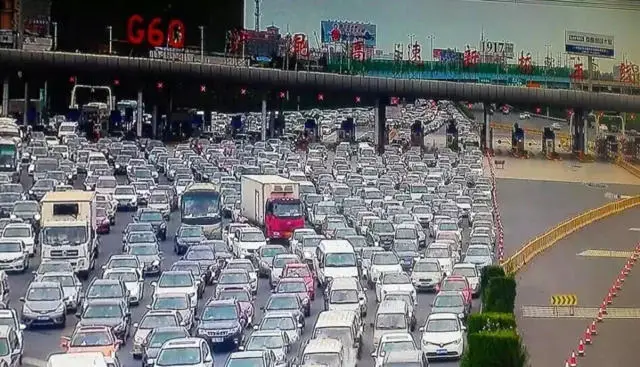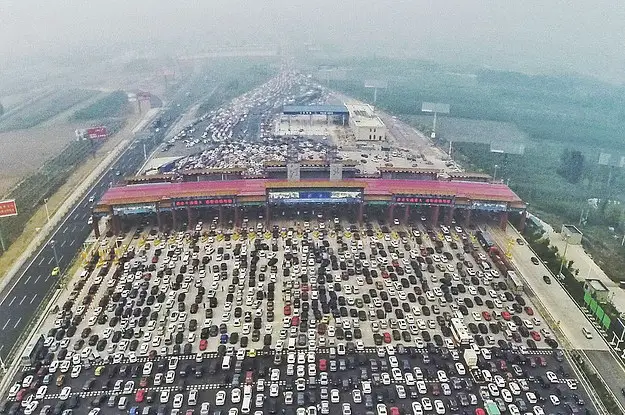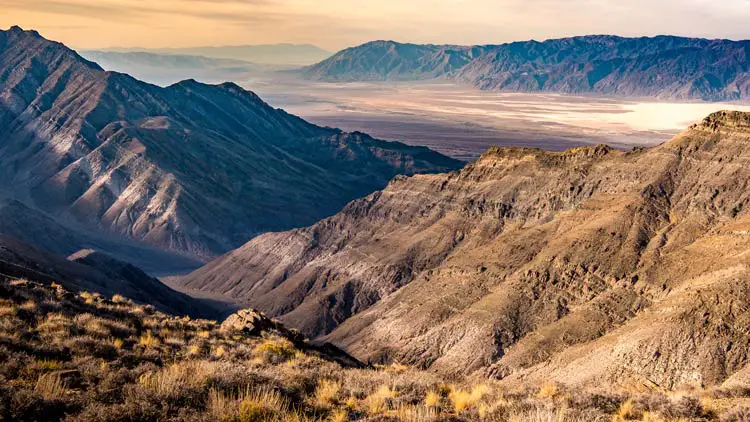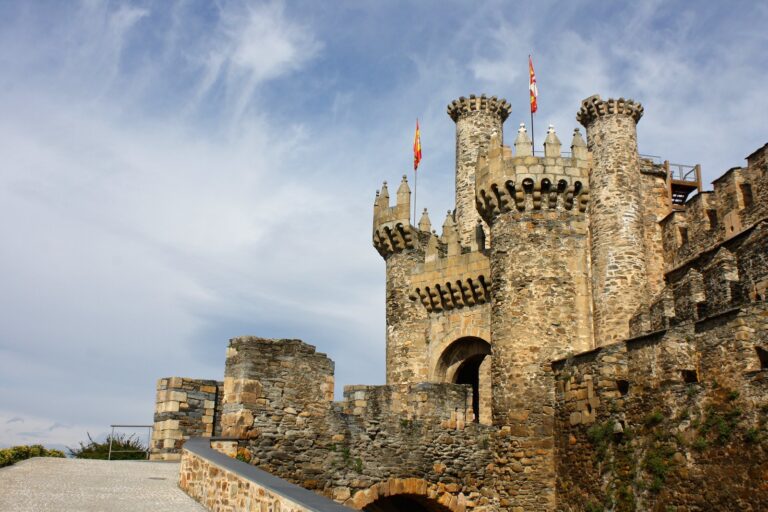China’s 50-Lane Traffic Jam on the G4 Expressway: A Modern-Day Traffic Marvel
China is known for its massive infrastructure projects, but one that stands out is the G4 Expressway—infamous for its mind-boggling 50-lane traffic jams. As one of the busiest highways in the world, it connects Beijing to Hong Kong and Macau, serving as a critical route for millions of drivers. However, it’s the sheer scale of traffic congestion on this road that has made it a topic of international intrigue.
1. The G4 Expressway: A Vital Lifeline
The G4 Beijing–Hong Kong–Macau Expressway spans over 2,300 kilometers, making it one of China’s longest highways. As a key transport link, it facilitates the movement of goods and people between major cities. But the G4’s fame doesn’t just come from its length—during peak travel times, particularly around national holidays like Golden Week, this expressway sees an influx of vehicles that leads to one of the most infamous traffic bottlenecks in the world.

2. The 50-Lane Merge: Chaos or Efficiency?
One of the most astonishing features of the G4 Expressway is the section that expands to a staggering 50 lanes near the toll gates outside Beijing. The sight of so many lanes packed with vehicles, all merging into fewer lanes ahead, creates a mind-bending visual spectacle. During major holiday migrations, this stretch often grinds to a near halt, as millions of cars converge at toll booths, creating traffic jams that can last for hours or even days.
While this might seem like a logistical nightmare, China’s vast highway network is a feat of engineering that allows for the accommodation of such massive surges in traffic. The 50-lane expansion is designed to allow for smoother traffic flow by distributing vehicles across multiple lanes before they funnel back into the main highway.
3. Golden Week: A Recipe for Gridlock
Golden Week, a national holiday in China, is one of the primary causes of the G4’s legendary traffic jams. During this time, millions of Chinese citizens take to the roads to visit family or go on vacation, causing an unprecedented surge in traffic. It’s not uncommon for travelers to spend several hours—or even a full day—stuck in traffic during these peak travel times.

4. Impact on the Economy and Environment
Traffic congestion on the G4 Expressway isn’t just a logistical headache—it has real economic and environmental implications. The delays caused by these traffic jams can lead to significant losses in productivity, as goods and services are delayed. Furthermore, the idling vehicles contribute to air pollution, adding to China’s environmental challenges.
Despite these concerns, the Chinese government continues to invest in infrastructure improvements, including the expansion of expressways and the development of high-speed rail alternatives to alleviate road congestion.
5. The Future of China’s Highways
China’s ongoing efforts to modernize its transportation infrastructure are aimed at reducing the frequency and severity of traffic jams like those seen on the G4 Expressway. The expansion of public transportation networks, including high-speed trains and better urban planning, is expected to ease the pressure on highways, making future travel smoother and more efficient.
Conclusion
The G4 Expressway’s infamous 50-lane traffic jams are a testament to China’s rapid urbanization and the scale of its infrastructure. While the congestion may seem overwhelming, it highlights the incredible engineering feats that keep this massive country moving. As China continues to develop, the lessons learned from the G4 traffic bottlenecks may lead to innovative solutions for managing the world’s largest road networks.
For those who witness it firsthand, the sight of 50 lanes of cars merging into fewer lanes is both astonishing and humbling—a modern symbol of the challenges and triumphs of large-scale transportation systems.






